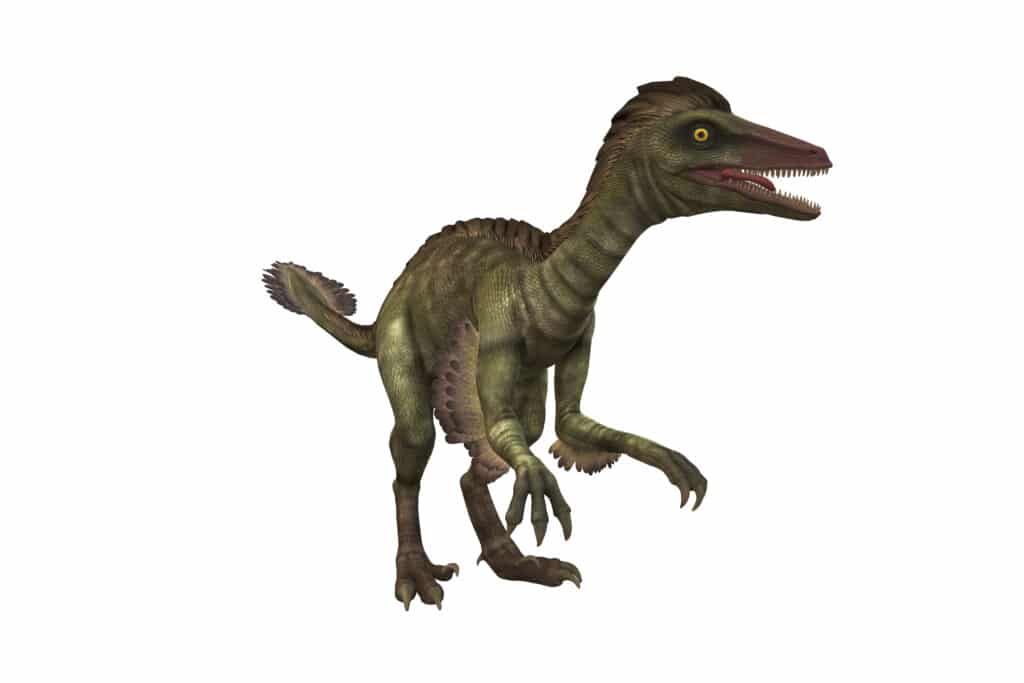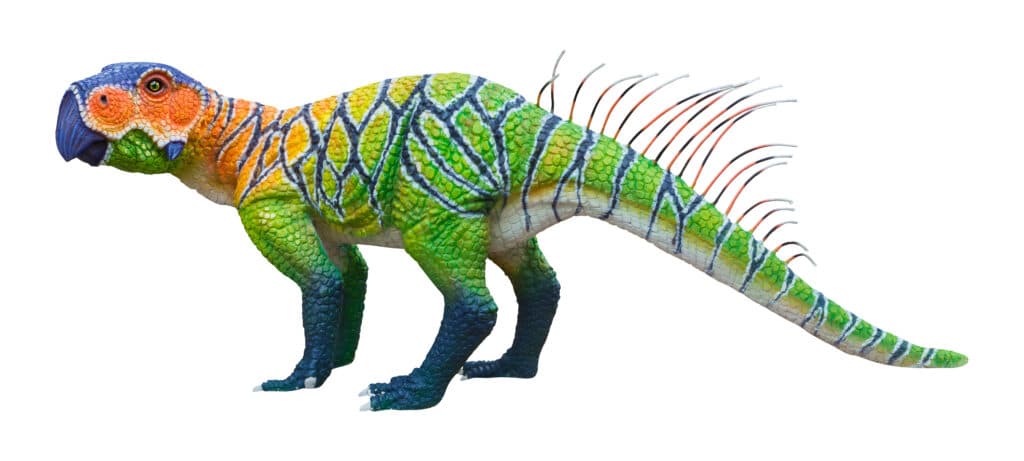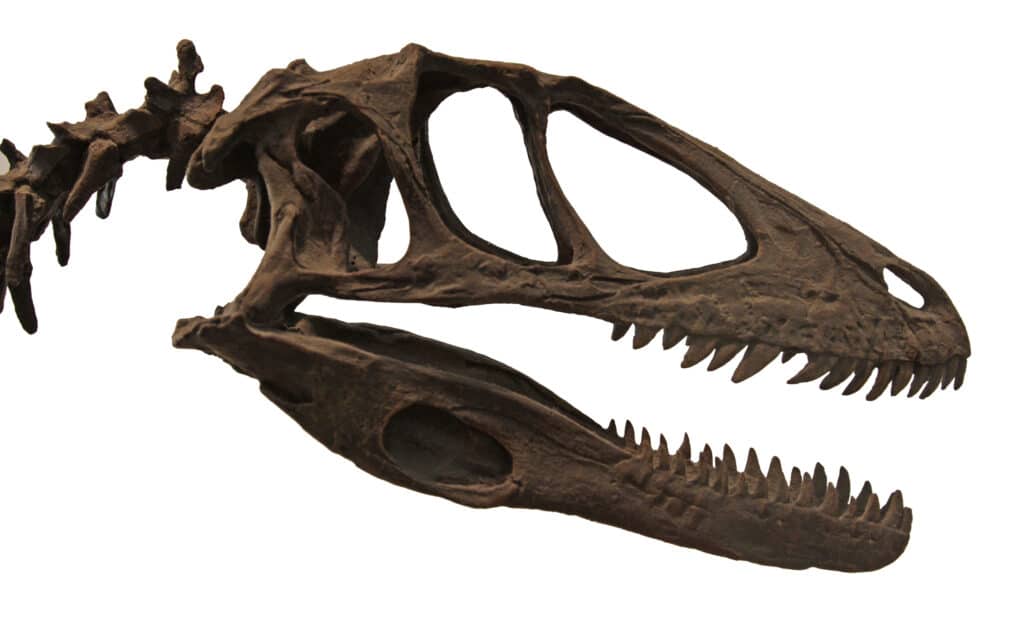
7 Shocking Facts About the Google Memory Game You Never Knew
We all have our favorite memory games, but did you know that Google has entered the ring with an impressive array of neurologic challenges for

When it comes to being the smartest dinosaur, there are a few contenders for the title. One popular candidate is Troodon, an intelligent two-legged dinosaur with large eyes and sharp teeth. Troodons had an enormous brain in comparison to their body size, making them excellent problem solvers who could navigate complex terrain well. This made them great hunters since they could track prey over long distances with ease.
Another potential candidate was the Psittacosaurus, which boasted large brains and keen vision. It had immense speed on its feet as well as strong legs that enabled it to climb trees in search of food. Furthermore, this predator was able to learn quickly and adjust accordingly in order to remain alive.
Finally, Deinonychus was one of the smartest dinosaurs. This two-legged hunter had large eyes and powerful claws that could quickly grasp and hold prey. Additionally, Deinonychus displayed excellent problem-solving skills as well as being able to learn from its errors – making it an incredibly intelligent animal.
Conclusion: Determining which dinosaur is the smartest can be challenging due to each species’ advanced intelligence levels. However, Troodon, Psittacosaurus and Deinonychus all deserve recognition for their impressive levels of sophistication and intellect.

Troodon was considered to be one of the most intelligent dinosaurs ever lived, based on its large brain size compared to other non-avian dinosaurs and distinctive eyes which may have provided advanced vision. Furthermore, Troodon had an acute sense of smell which likely served it for navigation and hunting purposes.
Troodon was capable of complex social behaviors such as pack hunting and parental care, suggesting its capacity for learning from experience and making decisions based on those learned. Its brain was larger compared to its body size, suggesting it had greater cognitive processing power than other dinosaurs. Furthermore, its use of tools indicated an advanced level of problem solving skillset.
Troodon was thought to have possessed an exceptional level of cognitive ability as well as emotional intelligence due to its capacity for social bonding with other species. This emotional intelligence could have fostered cooperative relationships among individuals and protected eggs and young from predators. Furthermore, Troodon may have been able to communicate effectively with its peers through sounds or gestures.
It is believed that Troodon used its intelligence not only for food acquisition, but also protection from predators. This type of behavior suggests it had enhanced spatial awareness and could remember places where food could be found or safe from predators – indicative of some form of attention span and working memory – traits normally associated with higher levels of intelligence in animals today.
Overall, while we cannot know exactly how intelligent Troodon was, its large brain and sophisticated senses suggest it had the capacity for advanced cognition. Furthermore, its strong emotional capabilities suggest this dinosaur may even have exceeded expectations when it came to understanding complex concepts like communication and cooperation – traits commonly associated with higher levels of intelligence among modern animals such as primates and dolphins.

Psittacosaurus was long considered to be one of the most intelligent dinosaurs. While other known dinosaurs were large and lumbering, Psittacosaurus stood out with its small stature and large brain compared to its body size. This led many scientists to speculate about its potential intelligence level.
One of the key indicators of intelligence in Psittacosaurus was its cranial capacity. It had more brain mass than other similar-sized animals, suggesting it might have processed information more quickly and efficiently than other dinosaurs, enabling it to outmaneuver predators and make decisions quickly for survival. Furthermore, its larger relative brain size suggested greater cognitive abilities such as problem solving and social interaction skills.
Psittacosaurus had a larger brain size, as well as some physical characteristics which could indicate intelligence. For instance, its long claws allowed it to manipulate objects and dig with precision for food or shelter; these claws may even have served as communication between members of the same species or even between different species if there is evidence to suggest Psittacosaurus engaged in some form of social behavior.
Another distinguishing characteristic of Psittacosaurus is its large eyes, which suggest enhanced vision compared to other dinosaurs. This would have enabled them to detect potential threats from a distance and react appropriately; showing their capacity for planning ahead for safety even when danger was close by.
Finally, Psittacosaurus’ fossils often cluster together, suggesting they may have roamed together for protection or mating purposes – another indication that this dinosaur possessed complex social capabilities beyond just instinctual behaviors such as finding food and protecting itself from predators.
In conclusion, while it is impossible to know exactly how much intelligence Psittacosaurus possessed due to the unknowns about their physiology, there is enough evidence from fossil records and scientific research which strongly suggests they had cognitive capabilities far superior to most other dinosaurs of its era millions of years ago – making them one of the earliest examples in Earth’s history of an intelligent species capable of making decisions based on both instinctual knowledge and conscious thought processes.

Deinonychus was a carnivorous dinosaur from the Early Cretaceous period, roughly 100 million years ago. It was first discovered in North America in 1924 and quickly gained notoriety for being one of the most remarkable discoveries ever made. Though small compared to other predatory dinosaurs like Tyrannosaurus Rex, Deinonychus had some remarkable characteristics which set it apart – one being its intelligence which has sparked debates and discussions among paleontologists and researchers about its level of brainpower.
Research into Deinonychus’ brain has suggested it had a large cerebrum near its eyes, suggesting this species was more intelligent than other predators of its era. While comparing ancient creatures and modern-day animals is impossible, some scientists believe Deinonychus’ intelligence level may have been comparable to cats or dogs today. This conclusion is supported by characteristics such as large olfactory bulbs in its brain which indicate good sense of smell; an enlarged optic lobe in its brain which suggests good vision; and an oversized cerebellum at the back of its skull for complex coordination activities like hunting or climbing trees.
In addition to its impressive brainpower, Deinonychus also had physical traits indicative of intelligence: long legs for running fast and far; curved claws on each foot used for gripping prey; powerful jaws with sharp teeth designed for killing; and long arms connected to robust shoulder blades providing stability when attacking prey or defending itself from other predators. All these characteristics indicate this genus was highly adapted to life in its environment and capable of making quick decisions when confronted by danger – something only an intelligent creature would possess.
Deinonychus’ physical features and anatomical structures suggest this species had developed higher cognitive capabilities than other dinosaurs of its age, which were essential for survival under harsh conditions or when competition with rival predators was fierce. Furthermore, recent studies on fossilized specimens have revealed evidence suggesting Deinonychus engaged in complex behaviors like socializing with members of its herd or displaying cooperative hunting techniques – behaviors usually only seen among creatures with more advanced mental capacities such as mammals today.
Although it is impossible to determine exactly how much intelligence these animals had millions of years ago, current evidence points towards Deinonychus being one of the smartest dinosaurs due to its physical adaptations and highly developed behavioral patterns that only modern creatures possess. As more discoveries about its past are made, more details about its cognitive capacities will be revealed, providing scientists with a greater insight into just how intelligent this species truly was during its time on Earth.
At the end of the day, researchers and paleontologists must decide who deserves to be called the smartest dinosaur. Each species has its own distinct strengths and capabilities that set it apart from others. No matter who the smartest dinosaur may be, all are incredible creatures whose intelligence continues to astound us today.

We all have our favorite memory games, but did you know that Google has entered the ring with an impressive array of neurologic challenges for

Einstein’s Universal Appeal: Exploring the Global Impact of an Iconic Genius in 2023 Why Does the World Remember Einstein as a World Citizen? What is

I genuinely dislike computer science, but that won’t stop me from earning my degree by 2023. It’s no secret that computer science classes can be

In the early days of Instagram, getting verified was considered a sign of honor. That little blue checkmark next to your name indicated you were
† These statements have not been evaluated by the FDA. This product is not intended to diagnose, treat, cure, or prevent any disease.